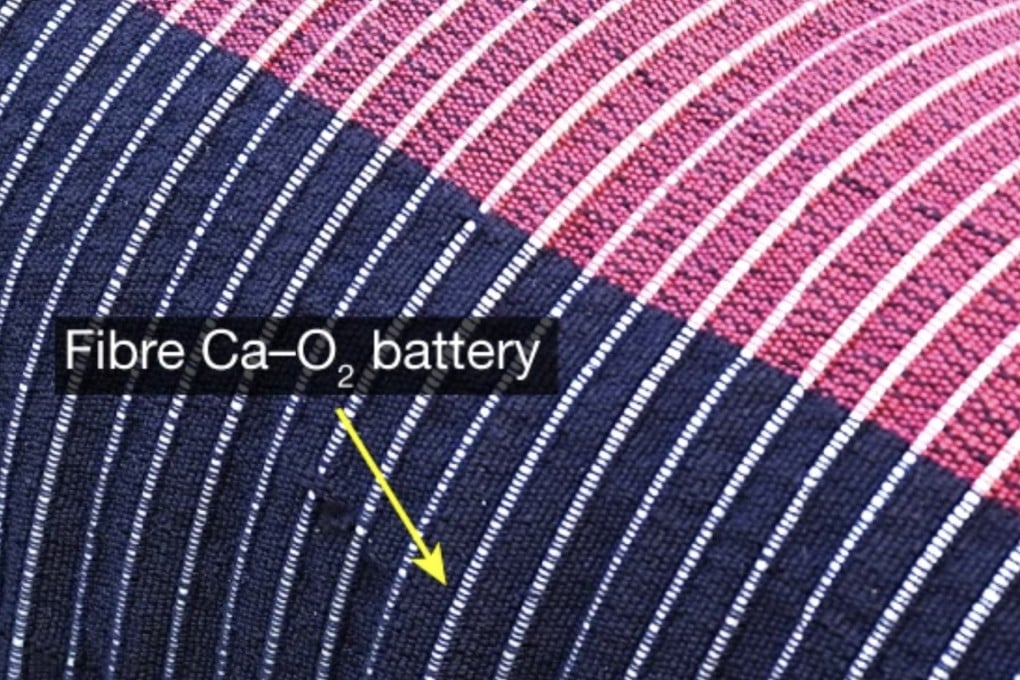Advertisement
Chinese scientists say new calcium-based battery offers ‘cheaper, safer’ alternative to lithium-ion cells
- Fudan University team creates battery able to charge and discharge fully 700 times at room temperature, in a first for the calcium-based technology
- With calcium 2,500 times more abundant than lithium, battery offers viable option with possibly comparable energy density, team says in Nature paper
Reading Time:2 minutes
Why you can trust SCMP
7

Chinese scientists say they have developed a rechargeable calcium-based battery that could offer a cheaper and more sustainable alternative to lithium technology.
The team also incorporated their calcium-oxygen device into fibres to create a flexible textile battery that could power a smartphone.
Made from a metal 2,500 times more abundant than lithium, their battery was able to stably charge and discharge completely 700 times at room temperature – a first for the calcium-based technology.
“[The battery could turn] calcium chemistry into a promising, sustainable energy-storage technology,” the team from China’s Fudan University said in a paper published in the peer-reviewed journal Nature.
Lithium-ion batteries are known for their high energy density – or energy storage capacity relative to weight or size – and are the most widely used worldwide.
However, ensuring a reliable supply of lithium is critical to expanding on sustainable industries like renewable energy storage and electric vehicles.
Advertisement